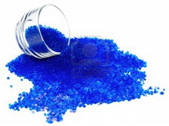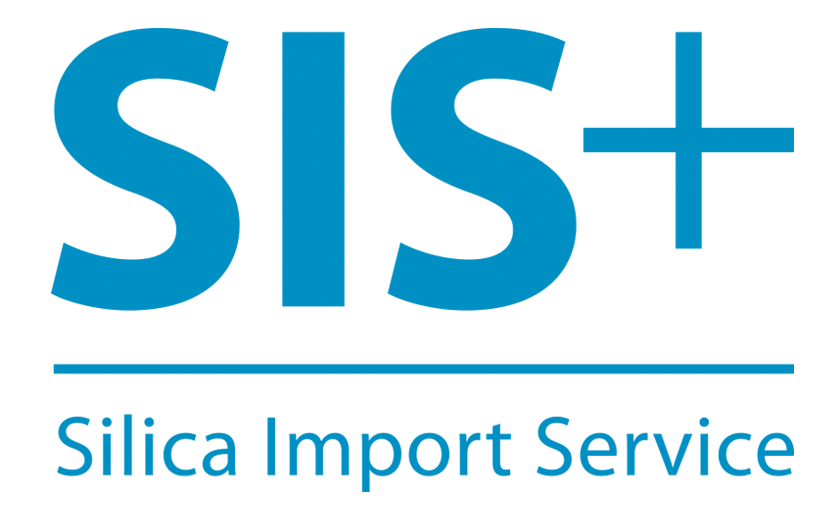What is SIS+?
Silica Import Service
The Silica import Service is the clever and affordable way to import Silicagel (SiO² / silicon dioxide) into the EU / EEA (European Union / European Economic Area).
SIS+ enables you to comply with the REACH (Registration, Evaluation, Authorization and Restriction of Chemicals) regulations of the EACHA (European Chemicals Agency) without the enormous cost and effort of pre- and registration.
If SIS+ is part of your supply chain you maintain the full flexibility regarding INCOTERMS and discharging port while benefiting from becoming a downstream user.
How does SIS+ work?
The Arno Knof GmbH is an international trading house and service provider. For more than three decades we have been a reliable partner in the “Food” and “Non Food” industry.
As one of few companies the Arno Knof GmbH is registered under REACH for an annual tonnage band for SiO² exceeding 1.000 metric tons.
This registration is the basic requirement according to the European Chemicals Agency (ECHA) for the lawful import of silica into the EU (European Union).
The ECHA wants to know who is producing / importing chemicals in / into the EU.
Thus the ECHA is forcing the industry and importers to become registered und REACH.
Anyhow if the manufacturer or importer is registered under REACH the following parties in the supply chain are treated as
Downstream user.
A Downstream user is in general not obliged to be REACH registered and can handle and trade the product in free way.
This rule is the foundation of SIS+.
Under SIS+ the Arno Knof GmbH will us its registration to become the importer of the good while SIS+ clients become downstream users.
Therefore the SIS+ supply chain is looking as follows:
Manufacturer / Importer / Downstream user (Client) / Distributor
Why SIS+?
The European Chemicals Agency (ECHA) is the driving force among regulatory authorities in implementing the following EU’s (European Union) groundbreaking chemicals legislation for the benefit of human health and the environment.
REACH stands for Registration, Evaluation, Authorization and Restriction of Chemicals. It entered into force on 1 June 2007.
In principle, REACH applies to all chemical substances; not only those used in industrial processes but also in our day-to-day lives. Therefore, the regulation has an impact on most companies across the EU.
Unambiguous substance identification is a pre-requisite to most of the REACH processes. Actors in the supply chain must have sufficient information on the identity of their substance.
REACH places the burden of proof on companies. Companies have the responsibility of collecting information on the properties and the uses of substances that they manufacture or import at or above one (1) ton per year.

To comply with the regulation, companies must identify and manage the risks linked to the substances they manufacture and market in the EU i.e. they need to be registered according to REACH. They have to demonstrate to ECHA how the substance can be safely used, and they must communicate the risk management measures to the users (Safety Data Sheet).
According to REACH the importer is the natural or legal person established within the EU who is responsible for import, i.e. the physical introduction (of the goods) into the customs territory of the EU (Article 3(10) of REACH).
As the requirements and the obligation of registration depends on many factors the Arno Knof GmbH takes care of a REACH conform import, while Clients of SIS+ benefit from a status as downstream user.
A downstream user is any natural or legal person established within the Community, other than the manufacturer or the importer, who uses a substance, either on its own or in a preparation, in the course of his industrial or professional activities.
- Downstream users generally do not have registration obligations;
- Downstream user rights include the right to make a use known to the next actor up the supply chain (manufacturer/importer/downstream user (client)/distributor) so that this can be covered in a substance registration.
- Downstream users must prepare their own chemical safety reports (including the development of exposure scenarios) if their use is not included in the registration dossier;
- Downstream users shall ask for REACH & CLP compliant SDSs from their suppliers and follow corresponding risk management measures
- Downstream users have a key role to play in advancing the safe use of chemicals by implementing safe use at their own site and communicating relevant information both to their suppliers and their customers.
Who is in charge under SIS+?
In order to reduce the SIS+ costs to a minimum, we implemented a model of duel payment.
This means that the Silica gel Manufacturer as well as their client will sign an SIS+ contract and bear their part of the annual cost individually.
If a manufacturer is already using SIS+ but not its client (or vice versa) only the party which is not a registered SIS+ client, will have to sing an SIS+ contract.
Thus you do not pay double.
Manufacturer
It is important to note that manufacturers outside the EU will not have direct obligations under REACH. However, the EU importers of non-EU companies which export to the EU substances, preparations or products containing substances will have significant obligations which will in turn impact non-EU manufacturers. In order to fulfil registration and other obligations, EU importers will for instance require information on substances from their non-EU suppliers.
The manufacturer is:
- producing the Silicagel product
- sales the product to its Customer (downstream user)
- arranges the transportation (depending on INCOTERM)
- arranges the custom and fiscal clearance (depending on INCOTERM)
- pays the forwarder (depending on INCOTERM)
Forwarder
The forwarder is:
- Transports the product
- Is doing the custom and / or fiscal clearance (if offered and requested)
Importer
Under SIS+ the Arno Knof GmbH is taking care of the REACH compliance during Sea voyage from the Loading to the Discharging port.
Downstream user (Customer)
The Customer is:
- ordering the product
- pays the manufacturer
- arranges the transportation (depending on INCOTERM)
- arranges the custom and fiscal clearance (depending on INCOTERM)
- pays the forwarder (depending on INCOTERM)
